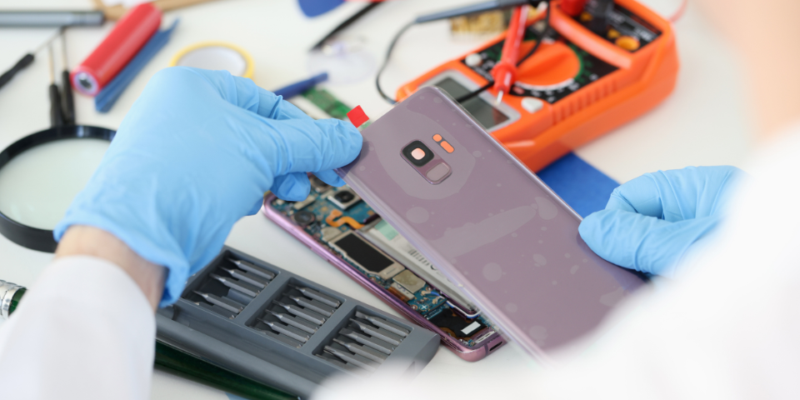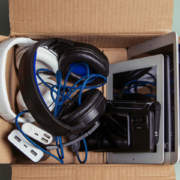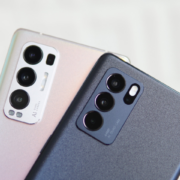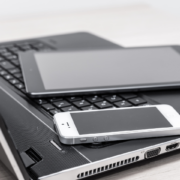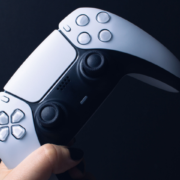Telia has achieved a significant milestone by modernizing its mobile network, becoming the first in Norway to establish a nationwide 5G network. This upgrade involved replacing equipment across all base stations, with the old components being sent for reuse or recycling. So far, nearly 2,000 parts have found new life in 35 different countries, showcasing Telia’s commitment to sustainability.
Over recent years, Telia has upgraded thousands of base stations, equipping them with advanced technology to deliver superior 5G and enhanced 4G capabilities. Customers across Norway now benefit from faster speeds, broader coverage, and a reliable mobile network. However, the modernization process raised an important question: what happens to the outdated equipment, such as cabinets, antennas, and circuit boards?
Camilla Watz Johannessen, Telia Norway’s Head of Sustainability, highlights the company’s commitment to eco-friendly practices during its 5G upgrade. To achieve its zero-waste target by 2030, Telia prioritized reuse and recycling, collaborating with TXO in Sweden to responsibly manage decommissioned equipment. Kelsie Raynes, TXO’s Key Account Director, commends Telia for setting a benchmark in the industry by reusing existing assets, purchasing refurbished products, and minimizing waste while maintaining network efficiency. Telia’s innovative and sustainable strategy serves as a blueprint for the telecom sector, demonstrating how environmental responsibility can align with business success and inspire broader adoption of green solutions.
Telia sent 12,805 used parts to TXO, its reuse and recycling partner. TXO’s innovative “i-JUDGE” system assesses whether equipment can be resold, reused, or recycled. Of the 70 tons of materials processed, Telia reused 622 parts in its own network, resold 1,723 parts, and recycled over 8,000. These parts now support networks in 35 countries, demonstrating the global impact of Telia’s efforts.


 Europe
Europe
